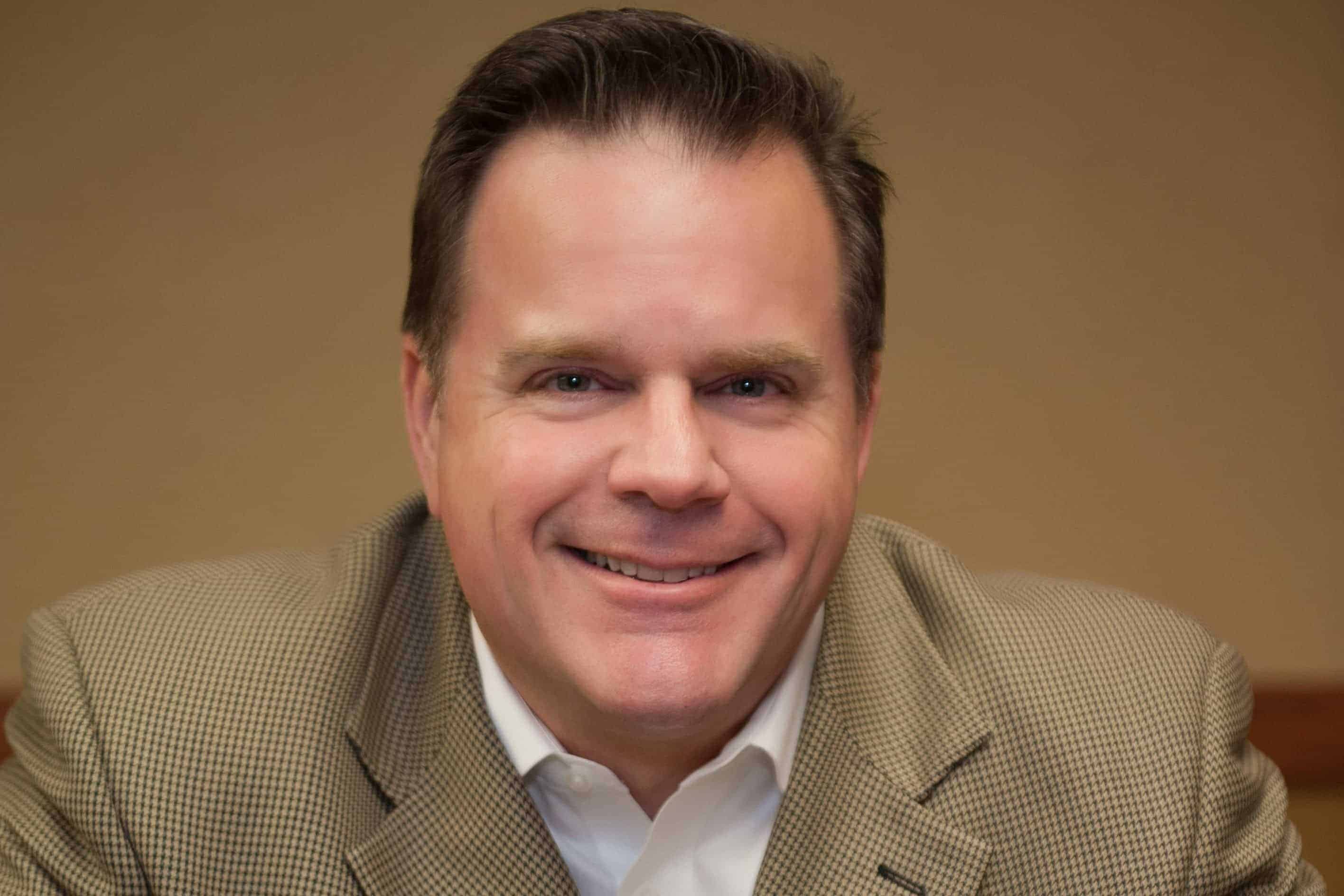The word “success” scares a lot of people, confuses some and eludes most. This word is such a phenomenon that many of us can’t define it in terms that are relatable to others. Why is this so? I believe the word “success” has been given a bad reputation because many people associate the word with wealth or money.
Success is simply the level of happiness you attain in life. If this means you must possess great wealth to be happy, be careful for what you wish. Many of the wealthiest families I know have experienced significant familial hardships throughout the decades. Too many opportunities for negative aspects of life to become entrenched in your family are realized. Simply put, to seek a goal of having an abundance of wealth for wealth’s sake is not a proper goal. It is the person you become while attaining wealth that should be the goal – more charitable, more caring, more family supportive.
As retirement planning specialists, we are often asked, “How much money do I need to retire?” This question is valid and the answer is, “Enough to meet your family’s needs and acquire some of your wants.” When we state this response to our client the wheels start turning in their mind and their eyes become bigger. The follow-up response is, “How do I know what my needs and wants are for this purpose?”
Now we are at the point of the matter. Too often retirees compare their personal situation to generic plans or the specific plans of others with dissimilar facts. The most significant and impactful approach to retirement success is cash flow planning. By understanding your cash inflows and managing your cash expenditures on a monthly basis, you will gain confidence that your time in retirement will be enjoyed.
Let’s explore some critical errors to avoid in retirement. The first four to five years of retirement should be funded in a manner that you are not required to take significant distributions from your long-term funding sources such as Traditional IRAs or Roth IRAs. To leave these pools of money intact is critical in the later years of retirement when additional cash outflows are required for health maintenance and other lifestyle needs.
Another error in retirement is improper use of resources in elimination of debt. Ideally, we prefer our clients to be debt-free before initiating retirement. However, in some cases this is simply not feasible. To effectively create a means where your assets are creating sufficient income streams to address the monthly outlay for housing or automobiles, your asset allocation should consist of more income-generating assets such as bonds, real estate and value stocks. Project the return your portfolio may generate and compare the need for the payments you must tender each month. If your portfolio is generating a greater return than the interest charged on your indebtedness, you are on the right track. In this instance, your earnings on the investments will, over time, completely liquidate the indebtedness.
If retiring in the current market cycle, additional challenges will need to be overcome in your investment strategy. Further, if possible, it would advisable to delay retirement if you’re concerned about the sufficiency of income from your existing sources to fund your lifestyle in retirement.
Deciding to retire is a huge life event. One shouldn’t make this decision without consideration for all aspects of life that require use of resources. If you are considering retirement within the next five years, it would benefit you to create a plan of action that will give you confidence and comfort that your life will continue on your terms. Contact a CERTIFIED FINANCIAL PLANNERTM professional to obtain a second opinion or construct a plan that meets your goals and desires. Remember, you retire for the first time only once. It is better to be confident than to be forced to correct course at a time in life you should be enjoying your time. Make it a great weekend!





